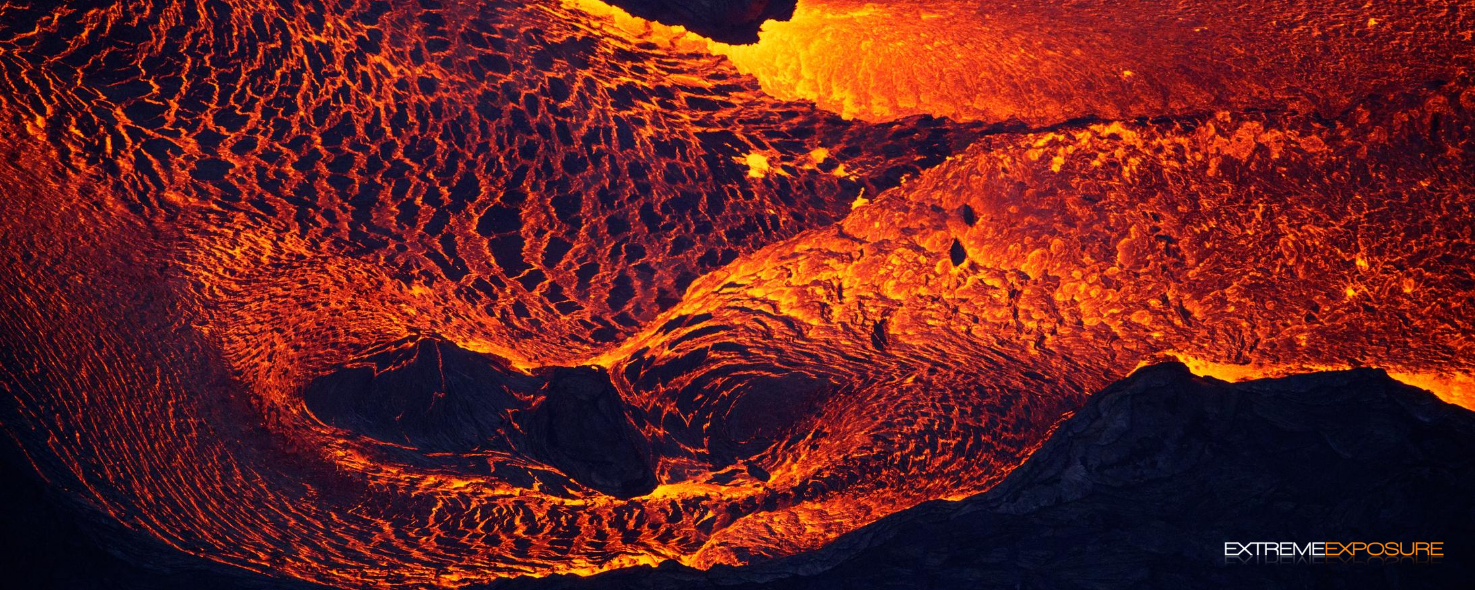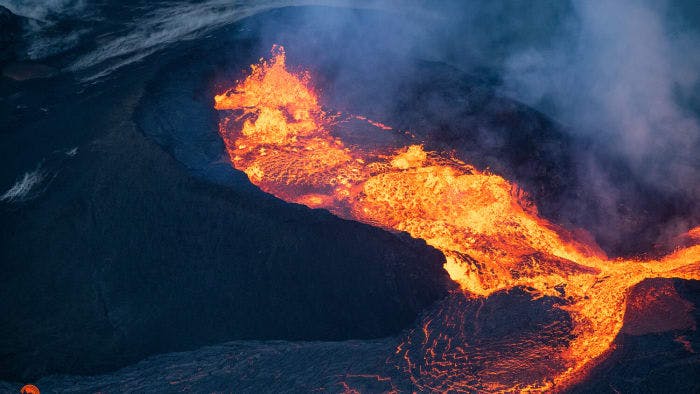Jan 01, 1970
Shooting Aerials with Bruce Omori of Extreme Exposure
Meet the incredible photographer always in the air with Paradise Helicopters, Bruce Omori. Bruce is an international award winning photographer and photojournalist, two-time Windland Smith Rice Award winner. His images have been featured in the Smithsonian National Museum of Natural History in Washington DC, and the Natural History Museum in London. Additionally, Bruce’s images have also been published in just about every major newspaper and magazine across the globe.
Local to Hawai’i, Bruce was born and raised in Hilo with his ‘ohana living on the Island of Hawai’i, with family roots in Hawai’i back to the late 1800’s. Despite the 24 years of working at a mechanical engineering firm on O’ahu, Bruce’s heart has always been in Hilo. He loves the rain and greenery of east Hawai’i! We asked Bruce more about his career as a photographer, his expertise in aerial photography and about some of his most memorable adventures shooting the ground below from the air!
**How long have you been doing aerial photography? **
I’ve been shooting from the air for about 15 years. It began with a couple of requests from clients who wanted aerials shot, and once I got a taste of that overhead perspective, I couldn’t get enough of it! It’s truly unique, as there’s nothing that can compare to having that broad view of our island or looking straight down into an erupting volcano!
**What equipment do you use? **
I use Canon’s 1 series bodies and their L series lenses for all of my shooting. For support gear, I use Really Right Stuff tripods, plates, straps, and attachments. I also use a David Clark One-X headset when flying!
**Do you have any tips for shooting from the air? **
Know your subject before boarding the helicopter, as then you’ll be able to prepare properly for the flight! Your subject will determine the type of lens you’ll need for the bulk of your shooting, and having multiple camera bodies at your disposal will always be better than being limited to just one. Avoid changing lenses during the flight, as removing one will invariably introduce dust onto your camera’s sensor and could also become a hazard on a doors-off flight. Use a high shutter speed to offset the aircraft vibration, 1/1000 of a second or faster to ensure sharp and crisp images, and shoot wide open to take advantage of the maximum amount of light transmission through your lens. Lastly, shoot a LOT of frames, as a good percentage of the frames you shoot will be either out of focus or blurry due to movement, and the rotor blades and skids may appear in frames when using a wide angle lens.
What’s your most memorable experience shooting from the air?
It’s hard to choose just one flight, as each is so unique in itself! The 2018 lower east rift zone eruption definitely had a tremendous impact upon me, so several of those flights are burned (no pun intended!) into my memory. The first huge eruption in Leilani Estates was absolutely terrifying, as seeing numerous homes being consumed by the flow broke my heart. Also, seeing Kapoho Bay being covered by lava was incredibly painful as well, as the area had special meaning to me since I spent a lot of time there as a kid, fishing and swimming. Flying along to assist a resident evacuate her home in Vacationland was another memorable flight, as we had just 15 minutes to grab stuff out of her home, while the pilot Rob Mitchell, waited for us with the helicopter running within the intertidal zone (an intertidal zone is the area where the ocean meets the land between high and low tides)! Lastly, a really fun memory was flying along with Paradise Helicopters owner and pilot, Cal Dorn, rescuing cattle from within the eruption zone! Talk about mad skills, Cal’s got them!!!
Your photography company is “Extreme Exposure”, tell us more about why you named it that.
Extreme Exposure is my business name, and I came up with it when I used to shoot a lot of big wave surfing, an extreme sport, and wanting to bring exposure to the surfers I shot. And, of course, “exposure” is also a photographic term referring to the process of exposing the sensor or film to light, capturing the image intended. So it had a double meaning in the beginning, and little did I know at the time that the name would be appropriately applicable to the shooting I’m doing now! It’s also the name of my gallery in Hilo, where one can browse some “extreme exposures”!
**What’s your favorite aerial photograph? And why? **
That’s a really tough question to answer, as I’ve seen, let alone shot, so many incredible things from the air! But, if I had to choose an image it would come down to two. One would be an image that I call, “Kapoho Sunset”. It’s an image I shot of the Kapoho coastline after it was completely covered, with hundreds of rivulets of lava entering the sea, with the sun setting in the background. The other named, “Inevitable”, is an image of a massive flow about to consume a home and sadly, the result was inevitable. The image was selected by Time Magazine as one of the top 100 photos of 2018.
The Paradise Blog
Hawaii Lava Update
The latest happenings at Kīlauea, Mauna Loa, and Hawai'i Volcanoes National Park

